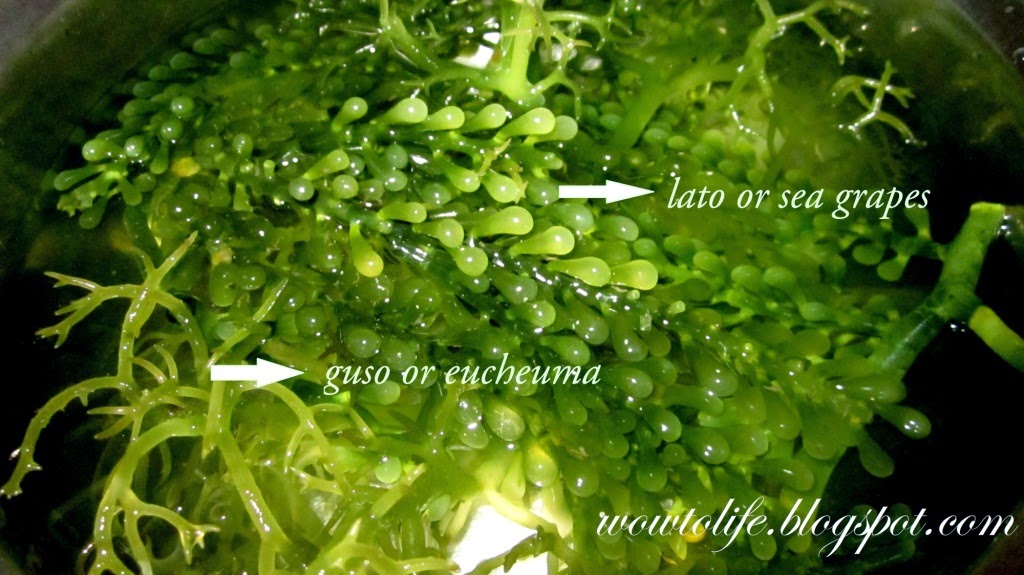

The typical seaweeds’ carbohydrates are not digestible by the human gastrointestinal tract and, therefore, they are dietary fiber. The main reserve polysaccharides of Phaeophyta are laminaran (β-1,3-glucan) and mannitol (Kolb et al. In contrast, the amorphous, slimy fraction of fibers consists mainly of water-soluble alginates and/or fucoidan. These alginates are Ca, Mg, or Na salts of alginic acid (1,4-linked polymer of β- d-mannuronic acid and α- l-guluronic acid). Brown seaweeds, fibers are mainly cellulose and insoluble alginates. On the other hand, the typical carbohydrates in brown seaweeds varieties consist of fucoidan, laminaran (β-1,3-glucan), cellulose, alginates, and mannitol. Moreover, their water-soluble fiber fraction is formed by sulfur-containing galactans, e.g., agar and carrageenan (Jimenez-Escrig and Sanchez-Muniz 2000). Red seaweeds varieties consist of different typical carbohydrates kinds including: floridean starch (α-1,4-bindingglucan), cellulose, xylan, and mannan. However, the chemical composition and the abundance of carbohydrates vary among seaweed species. Because of their low fat abundance and the presence of protein and carbohydrate substances, they can contribute few calories to the diet (Rupérez 2002).

Their protein contents are highly variable (10–47 %) with high proportions of essential amino acids (García-Casal et al. However, they contain 80–90 % water and their dry weight basis contains 50 % carbohydrates, 1–3 % lipids, and 7–38 % minerals. Nowadays, seaweeds consumption is increasing due to their natural composition. Specially, red and brown seaweeds are mainly used as human food sources. Additionally, they can be eaten in raw salads, soups, cookies, meals, and condiments (Aguilera-Morales et al. They were traditionally used in Chinese, Japanese, and Korean diet since ancient times (Dawczynski et al. Seaweeds are known as a highly nutritive food containing vitamin, protein, mineral, fiber contents, and essential fatty acids (Ortiz et al. Also, they are used as herbal medicine, fertilizer, fungicides, and herbicides and for the direct use in human nutrition, too (Ortiz et al.


Many seaweed species are used in the industry, principally for the extraction of phycocolloids (Jimenez-Escrig and Sanchez-Muniz 2000) and as a source of pharmaceutical substances. According to their nutrient value and chemical composition, they are classified as red (Rhodophyta), brown (Phaeophyta), and green seaweeds (Chlorophyta) (Dawczynski et al. Marine seaweeds comprise few thousand of species and they represent a considerable part of the littoral biomass. Accordingly, these seaweed species were of high quality and safety and might be used in the field of nutrition. Interestingly, the calculated hazard quotient of elements was below 1. Ion quotient values for almost seaweed species were between 1.4 and 4.0, so they can reduce hypertension, preeclampsia, and heart disease in human beings. On the other hand, green seaweeds gave the highest average carbohydrate concentration thus, these green species could be used as a source of polysaccharides. Also, red and brown seaweeds showed higher averages of Na and K than that in green species and these seaweeds could play an important role in the electrolyte balance in humans. The results showed that green seaweeds supplied better calcium sources than the red and brown ones. This study pointed to the assessment of the chemical composition (F, Ca, Mg, Na, K, Fe, Mn, Zn, Cu, Ni, Co, Cr, Cd, and carbohydrate) of different marine seaweeds (red, green, and brown) from the Egyptian Mediterranean Sea coast.


 0 kommentar(er)
0 kommentar(er)
